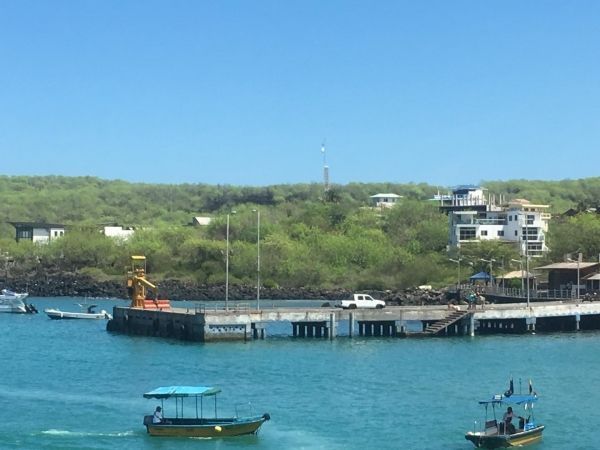Over 50 non-native species have found their way to the Galápagos Islands, almost 10 times more than scientists previously thought, reports a new study in Aquatic Invasions published Thursday, March 28.
The study, a joint effort of the Smithsonian Environmental Research Center, Williams College and the Charles Darwin Foundation, documents 53 species of introduced marine animals in this UNESCO World Heritage Site, one of the largest marine protected areas on Earth. Before this study came out, scientists knew about only five.
“This increase in alien species is a stunning discovery, especially since only a small fraction of the Galápagos Islands was examined in this initial study,” said Greg Ruiz, a co-author and marine biologist with the Smithsonian Environmental Research Center.
“This is the greatest reported increase in the recognition of alien species for any tropical marine region in the world,” said lead author James Carlton, an emeritus professor of the Maritime Studies Program of Williams College-Mystic Seaport.
Read more at Smithsonian
Image: A cargo dock on San Cristóbal Island in the Galapagos. Manmade structures like docks can make it easier for nonnative marine species to thrive, by giving them a hard surface to grow on. (Credit: Inti Keith/Charles Darwin Foundation)


